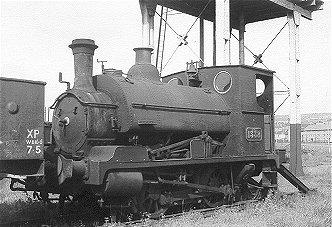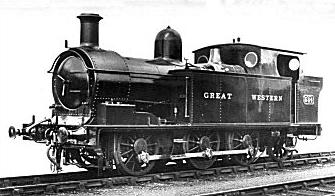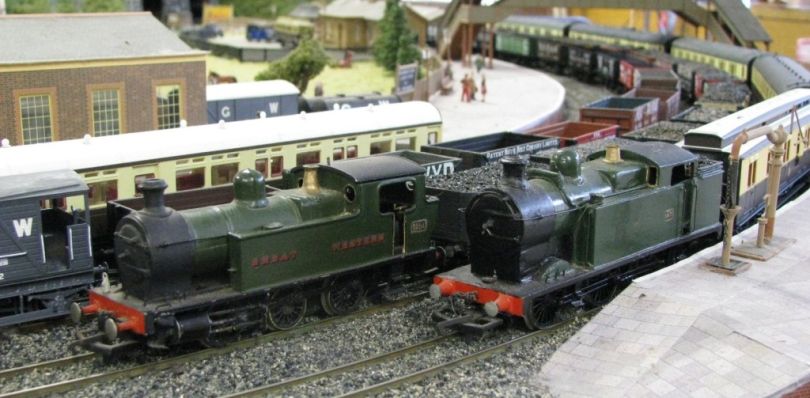| Section Page | Previous Page | Next Page |
Modelling the Welsh Valleysby Mikkel KjartanFor the GWR modeller there is much territory to explore in the Welsh Valleys, and yet layouts depiciting this part of the system are surprisingly rare. This is most likely caused by the relatively limited amount of information and data generally available on this part of the system. Trade support has also been more limited in terms of stock and lineside items, especially within the RTR area.
This is a pity, because the Welsh system was an important and characterful part of the GWR, not least in the Welsh Valleys where coal ruled supreme. Before the great downturn in the coal trade in the 1930s, the various Welsh Valley lines were imporant generators of income to the GWR – to say nothing of the characterful pre-grouping companies who fought fierce battles over access to the lucrative coal fields and shipping ports. In the latter years of the GWR many of the Welsh lines declined, but continued to ooze an atmosphere quite different from other parts of the system.
If you are feeling more adventureous, consider the pre-grouping era in Wales. Companies such as the Barry Railway, the Rhymney Railway and the Taff Vale Railway were all significant and interesting prototypes, with long and varied histories. For an example of the modelling potential of these companies, have a look at the TVR notes. Apart from this, a history of each of the major pre-grouping Welsh railways can be found in the GWR section of the Trackbed site, which has sub-sections on the major Welsh constituent companies. In terms of trade support, the 4 & 7mm listings for Absorbed Locos indicate the possibilities for those who wish to build their own motive power. Unfortunately, some of the Redcraft Engineering kits may no longer be produced, leaving only Taff Vale and Dragon Models with items of 4mm and 7mm goods vehicles and London Road Models have some 4mm Welsh types in their ranges. Options for coaching stock are more limited, especially for the pre-grouping modeller, but possibilities do exist. If all else fails, do a post-grouping layout using standard GWR coaches as run in Wales. For instance, the prototypes for the Ratio 4-wheelers ran as workmens trains on the Welsh system during the 1930s and 1940s – see the Projects section for more on this. Mainline/Bachmann 56xx, but at least this is a fair model and an interesting prototype. Using the typically Welsh 0-6-2T wheel arrangement, these locomotives were built by the GWR in substantial numbers for working the heavy coal trains in Wales. A little research will reveal that other RTR stock can also be used.
|
| Section Page | Previous Page | Next Page |

 In modelling terms, perhaps the most accessible option is to go for a grouping layout (i.e. 1923–1947), since this allows you to mix selected standard GWR stock with the various kits available for pre-grouping stock from the Welsh companies. With a little research and careful selection of stock, such a layout would be quite prototypical. The post-grouping era was quite interesting in motive power terms: Many of the Welsh Valley locos were 'Swindonized' after grouping (i.e. provided with specific Swindon features such as boilers, chimneys and safety valves), thereby creating some rather unusual hybrids. Add a GWR 56xx or Aberdare and you have something rather different from the usual GWR layout.
In modelling terms, perhaps the most accessible option is to go for a grouping layout (i.e. 1923–1947), since this allows you to mix selected standard GWR stock with the various kits available for pre-grouping stock from the Welsh companies. With a little research and careful selection of stock, such a layout would be quite prototypical. The post-grouping era was quite interesting in motive power terms: Many of the Welsh Valley locos were 'Swindonized' after grouping (i.e. provided with specific Swindon features such as boilers, chimneys and safety valves), thereby creating some rather unusual hybrids. Add a GWR 56xx or Aberdare and you have something rather different from the usual GWR layout.